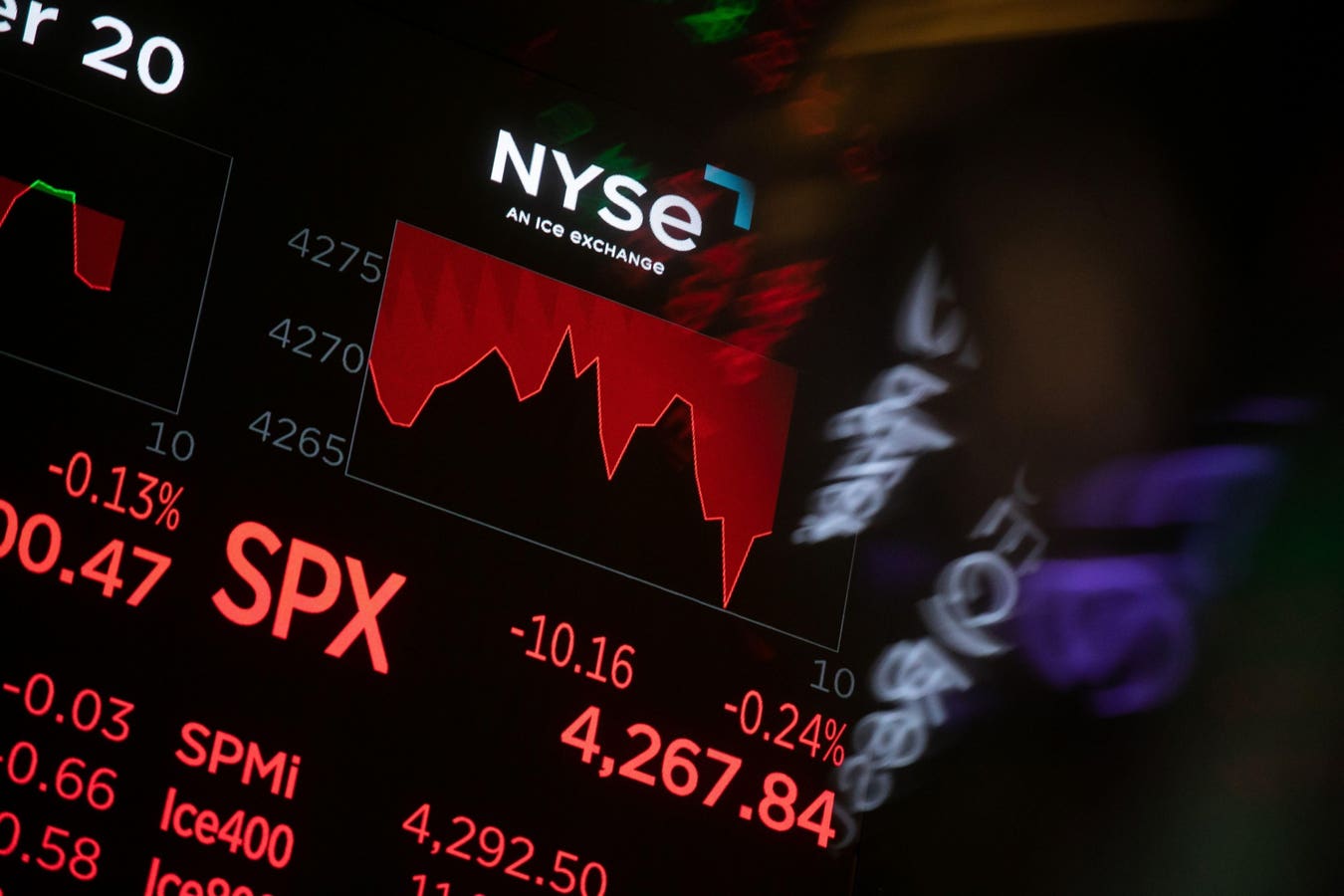Third-quarter U.S. GDP grew an astounding 4.9% year over year, well ahead of consensus expectations of 4.5%. This was the fifth strongest quarter of economic growth seen in the 21st century outside of the pandemic-influenced recovery in 2020 and 2021. On the back of this improvement, the soft landing consensus has become more firmly entrenched, with economic growth expectations for the fourth quarter of 2023 and 2024 both drifting a few tenths higher during October.
Personal consumption expenditures were robust in the third quarter. Consumption came in at 4%, accounting for over half of the growth in economic activity in the third quarter. Given the large weight of consumption in GDP, it is perhaps unsurprising that periods of strong economic growth typically coincide with periods of strong consumption growth. What is surprising, however, is that consumption has historically remained strong right up to — or even past the start of — a recession. In fact, consumption was positive in the quarter before the onset of each of the last eight recessions and stayed positive even as the recession started in five of those eight instances.
The current strength of the consumer has come as a surprise relative to expectations coming into the year. Spending power has been bolstered by a labor market that continues to add workers, albeit at a slower pace as witnessed by a weaker than expected October jobs reports and downwardly revised jobs total for August and September, and is seeing slower but still substantial wage gains. Additionally, consumers have had a tailwind from accumulated savings, the balance of which appears to have been higher than previously understood based on the most recent revisions to the personal income and savings data.
We believe several of the pillars supporting a stronger consumer are likely to fade in the coming quarters. Although consumers accumulated more excess savings and spent it more slowly than previously thought, we believe most of that cash hoard remains in the hands of upper-income households who will treat that savings as extra wealth rather than extra spending power. While borrowing has also buoyed consumption, consumers are having a more difficult time accessing credit, with 60% of respondents reporting credit is harder to obtain versus a year ago, per the most recent New York Fed Survey of Consumer Expectations.
Further, consumers have been under-saving relative to the pre-pandemic norm, with the savings rate falling to 3.4% currently versus an average of over 6% in the 10 years before the pandemic. Perhaps strong confidence in the strength of the labor market has contributed to this low savings rate, which definitionally means a greater share of income is being spent. However, if the labor market continues to cool, consumers could well elect to save a greater share of their income, which would also dampen consumption. This dynamic is why we view initial jobless claims is a key metric to watch in assessing the state of the consumer and their impact on the economy.
We continue to believe investors are moving through the crux of this economic cycle. Despite the strong third-quarter GDP print, economic and corporate earnings data continue to provide a mixed to negative view on the health of the economy. Most notably, the unemployment rate hit 3.9% in October, its highest level since January 2022. The initial readout from the Atlanta Fed’s GDPNow tracker suggests a substantial slowdown in the fourth quarter, although it is still too early in the quarter to put much stock into that reading. We continue to believe that clarity will emerge on the economy’s fate over the coming quarters. As that unfolds, we will continue to follow the data — be it improving or deteriorating — and update our views accordingly.
Jeffrey Schulze, CFA, is Director, Head of Economic and Market Strategy at ClearBridge Investments, a subsidiary of Franklin Templeton. His predictions are not intended to be relied upon as a forecast of actual future events or performance or investment advice. Past performance is no guarantee of future returns. Neither ClearBridge Investments nor its information providers are responsible for any damages or losses arising from any use of this information.
Read the full article here







